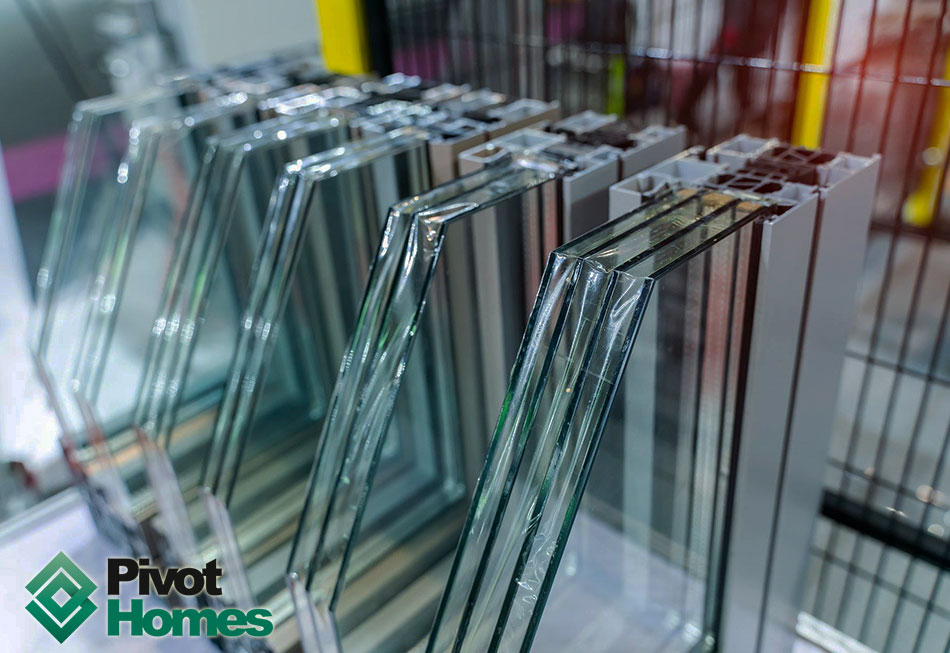All Categories
Featured
Table of Contents
Why Does Double Glazing Help To Keep Us Cool In Summer? in Munster Perth
Laminated glass is frequently utilized in areas in the home most vulnerable to injury from human impact such as bathrooms, doors, around staircases and in locations near the flooring (it meets the requirements of 'security glass' that is mandated for usage in these locations by Australian Basic AS 1288 Glass in structures).
Toughened glass has been 'tempered' by being reheated and rapidly cooled once again. This process makes it much stronger than basic glass it can resist greater effect loads prior to breaking. It also makes it safer because, when it does shatter, it breaks into numerous small cubic pieces rather than unsafe shards.
Double Glazing - Albury - Twin Cities Glass in Maida Vale Western Australia
Toughened glass has no thermal or acoustic benefits over other glass of the exact same toning or thickness. Secondary glazing is where single-glazed windows are retrofitted with a transparent acrylic or glass sheet connected to the within the frame or openable sash with a secondary frame or with magnetic strips.


Secondary glazing will not carry out too thermally as a made IGU, considering that it is impossible to completely seal the perimeter, however it can supply great sound control. Window films are a thin polymer film containing a taking in dye or reflective metal layer, with an adhesive backing. They adhere to your glazing to change its colour or make it reflective.
Double Glazing Australia Blogs in Cardup Western Australia
Applied to existing glass, some window films can halve the general SHGC of the window by taking in and/or showing solar radiation. This can be particularly advantageous in hotter environments where cooling is the primary issue, or on east and west elevations directly exposed to long durations of sunlight. Window movies may also reduce visible light transmittance.

For this factor, it is typically best to use a certified installer of window film. Frames have a significant effect on the thermal performance of doors and windows, because energy can be gained and lost through the frame, as well as through the glass. Various kinds of frame will permit various levels of heat gain and loss, so mindful choice of frame is necessary for effective passive design.
Why Double-glazed Windows Are A Must in East Perth WA
Nevertheless, aluminium is also a really great conductor of heat and will decrease the insulating value of a glazing system, unless particularly engineered to decrease this. A 'thermally broken' frame is made up of 2 aluminium areas linked by a structural insulator (typically a low-conductivity structural polymer). This 'breaks' the thermal connection through the aluminium and minimizes the heat flowing through the frame.
Timber frames are an excellent natural insulator that can match some home designs. Lumber frames ought to be made from species that have naturally high durability or be dealt with to prevent decay and deformation.
Glass Selector - Custom Single & Double Glazed ... in Medina WA
(weather stripping) is installed.
u, PVC windows and doors have excellent thermal efficiency Image: Ben Wrigley (Light Home Architecture and Science) Composite frames utilize aluminium profiles on the external sections with either a lumber or u, PVC inner section. These integrate the low upkeep and durability of aluminium with much enhanced thermal performance.
Table of Contents
Latest Posts
Does Double Glazing Reduce The Heat In Brisbane's Summer? in Spearwood Western Australia
Save Energy With Double Glazed Windows in Hocking WA
Triple Glazing – Pros & Cons in Ocean Reef Western Australia
More
Latest Posts
Does Double Glazing Reduce The Heat In Brisbane's Summer? in Spearwood Western Australia
Save Energy With Double Glazed Windows in Hocking WA
Triple Glazing – Pros & Cons in Ocean Reef Western Australia